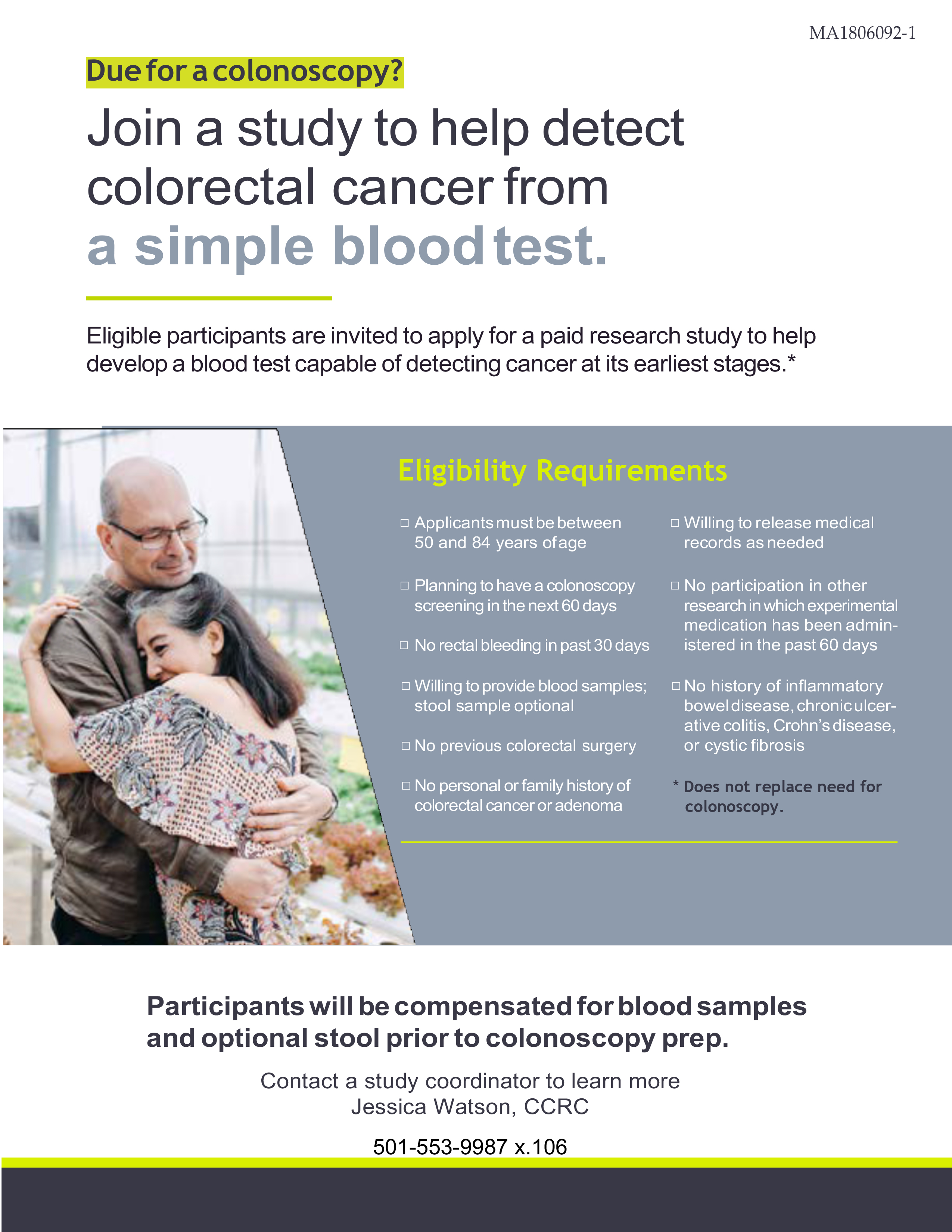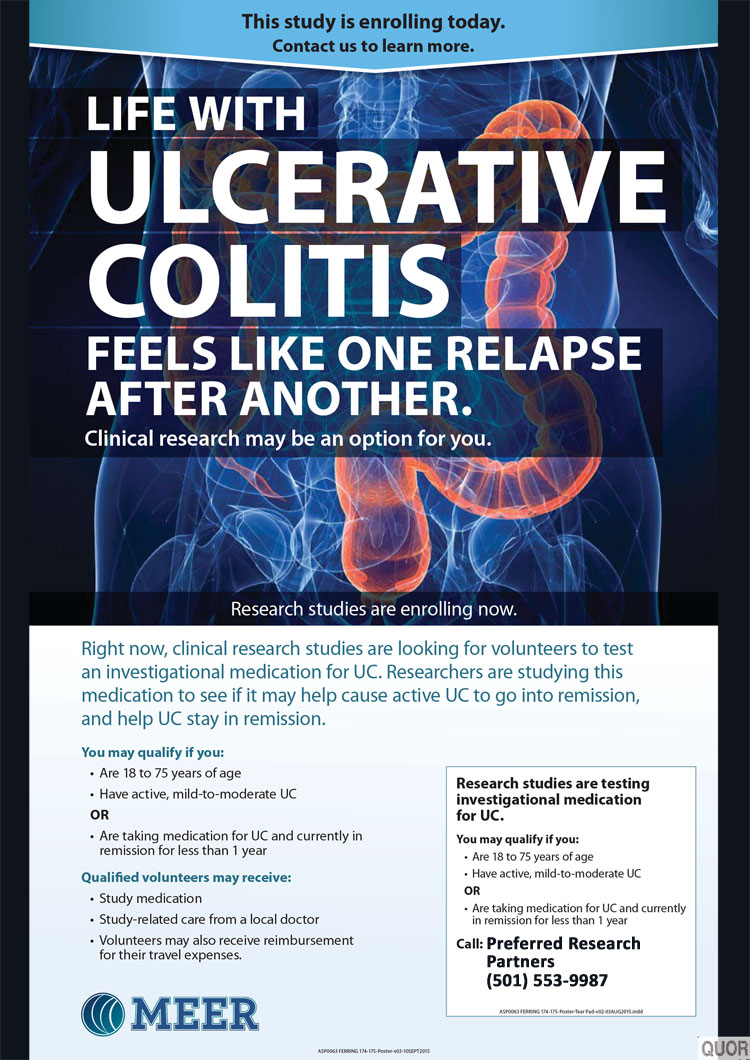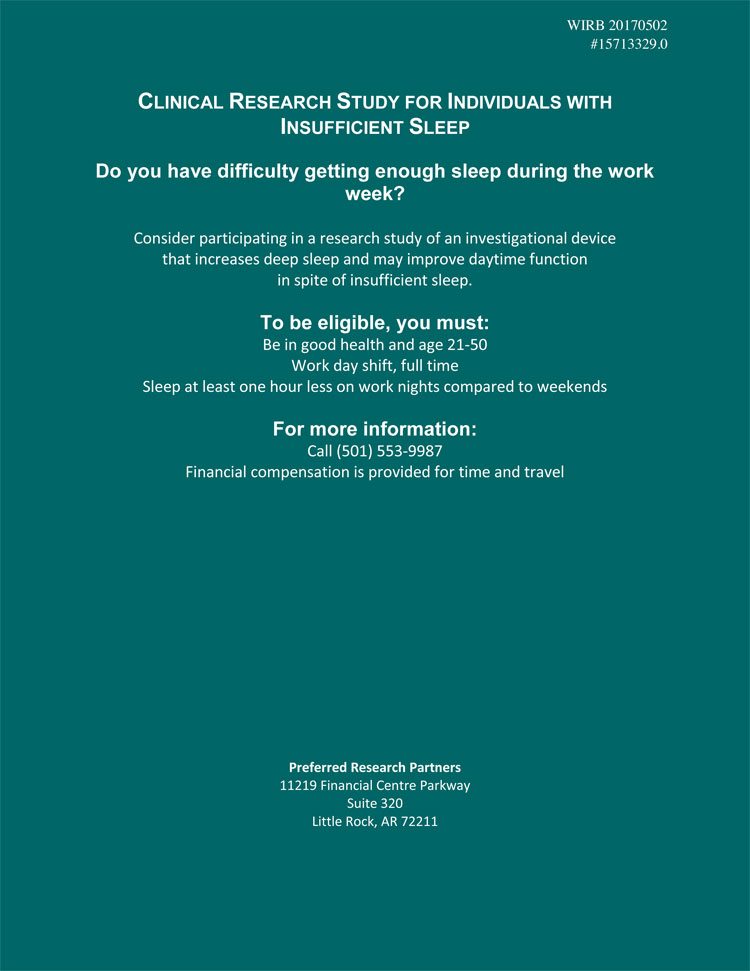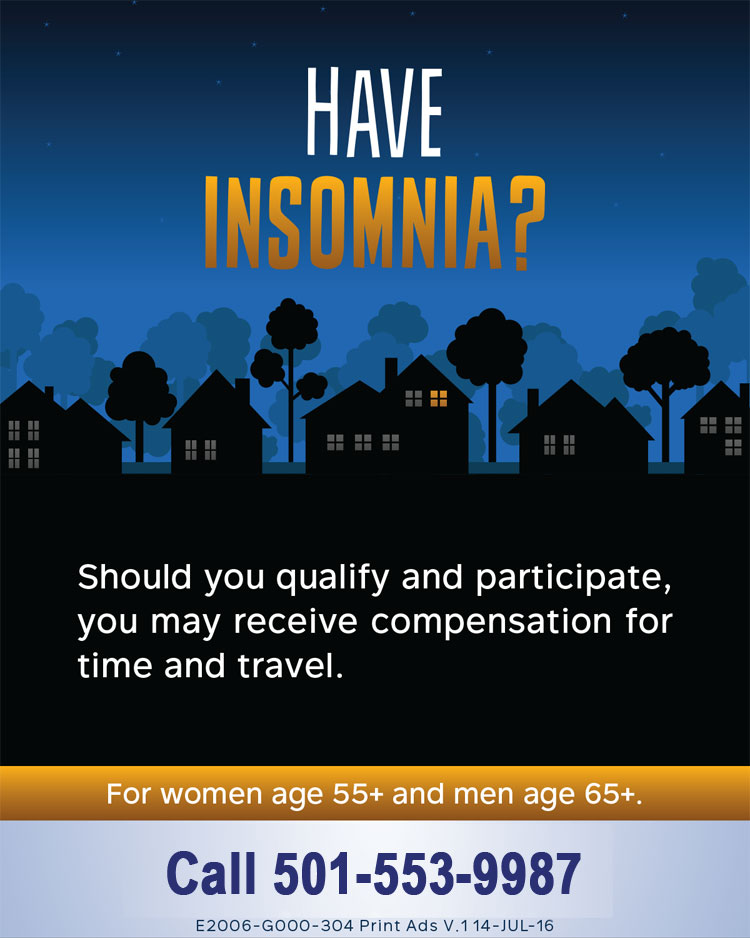Does your child suffer from migraines? If so, this blog will be informative to learn about what your child is experiencing.
What are migraines?
Migraines are an often severe, throbbing type of headache different from other types of headaches. Symptoms other than pain can occur with a migraine headache. Nausea and vomiting, lightheadedness, sensitivity to light (photophobia), and other visual changes are common. A migraine headache may last from 4 to 72 hours.
What are the symptoms of migraines in children?
- Throbbing, severe headache pain with a specific location either on one side or both
- Nausea and vomiting
- Lightheadedness
- Sensitivity to light or sound
- Visual changes, such as a flashing light or even lack of sight, for a short period of time
- A change in mood or behavior hours or days before the headache
- Depression, fatigue, or anxiety
- Fatigue, irritability, and trouble concentrating as the headache goes away
What causes pediatric migraines?
Some causes for pediatric migraines can include genetics or family history, gender, stress and sleep, exercise, foods and fluids, or weather. In regards to gender, according to healthychildren.org, “Before puberty, boys have more migraines than girls. That flips in the teen years and by age 17, as many as 8% of boys and 23% of girls have had a migraine.” Irregular sleep and stress can be triggers as well as irregular weather. Unusual sleep patterns or extra stress in a child’s life can set off migraines. Extreme weather conditions such as extreme heat and cold are examples of weather acting as a trigger.
Foods and fluids that your child intakes are important if they experience migraines. If your child has an irregular eating schedule such as skipping meals or not staying hydrated, that can act as a trigger. In addition, certain foods and drinks can set off migraines such as chocolate, citrus fruits, red and yellow food dyes, or other food additives. It may help to look up a list of food triggers to avoid or limit the intake for your child’s migraines. Lastly, lack of exercise affects migraines. Regular exercise for your child may help prevent migraine attacks.
Clinical research study opportunity
If your child or a child you may know experiences migraines, consider a clinical research study that will evaluate an investigational treatment for migraines in children ages 6-17. Visit our website here to fill in your information to learn more about the study from a member of our team.











